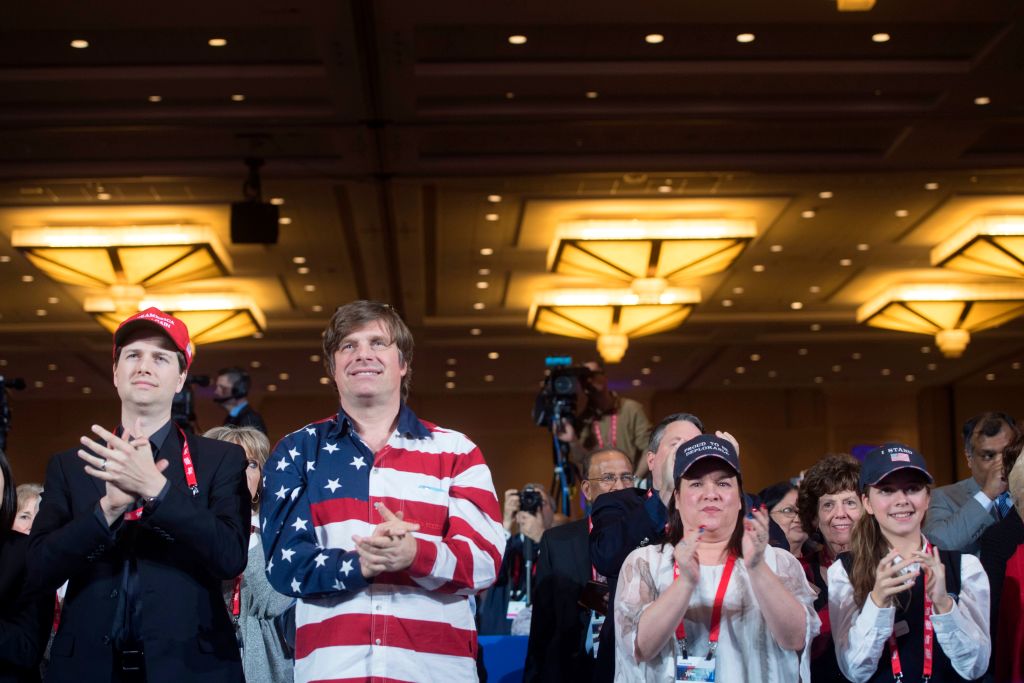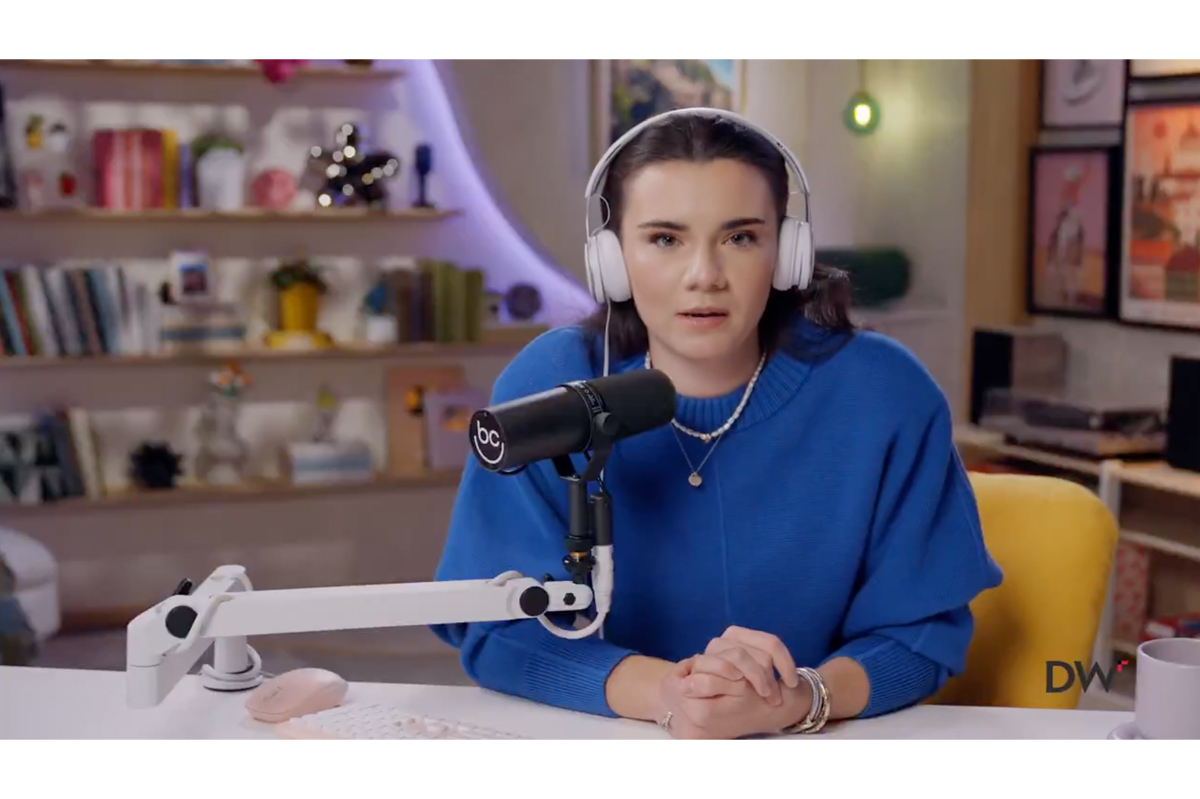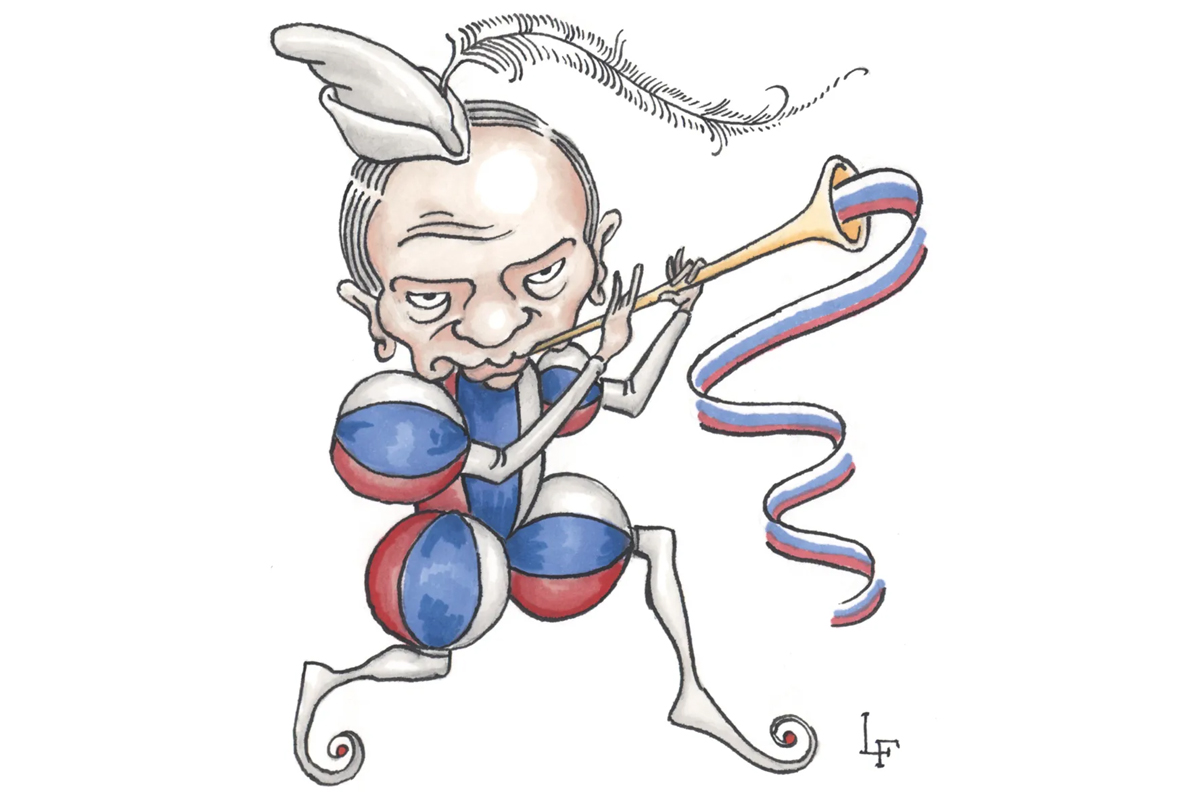Norman Podhoretz was not yet a neoconservative in 1958 when he had a memorable encounter with Allen Ginsberg, already very much a radical. Podhoretz received an unexpected call one night from a woman purporting to be Jack Kerouac’s girlfriend. She told him Kerouac and Ginsberg, the latter of whom Podhoretz had known from college, wanted to have words with him about the harsh verdicts he had rendered in print on the morality of the Beats and the quality of their poetry. Podhoretz agreed to meet, and a night of verbal vitriol ensued. At the end of it, Ginsberg left Podhoretz with a threat: ‘We’ll get you through your children!’
The full tale is told in Podhoretz’s Ex Friends, and Daniel Oppenheimer revisited it in an essay for Tablet two years ago. But Ginsberg’s parting shot is worth thinking about in a different context, namely demographics. For all that younger voters are drifting to the left, cultural conservatives have taken comfort from the knowledge that the reproduction favors the right — the more religiously devout and traditionalist you are, the more children you are likely to have. And so one day the Latin Mass Catholics, for example, shall inherit the earth again. Or at least, their biological offspring will. But what if those same young men and women, by the time they come of age, wind up being the spiritual offspring of Ginsberg?
The demographic advantages of cultural conservatism can be offset by the cultural left’s dominance of education and the media, and they largely have been. At the beginning of November, Business Insider reported on findings by the data analytics firm Crowdpac that showed the ideological skew of a variety of industries by examining how employees in various fields direct their campaign contributions. The results should not surprise: academics, the entertainment industry, print media, and ‘online computer services’ — the social networks — were the most reliably left-wing groups, and no industry on the right of the graphic spread presented by BuzzFeed was even close to being as far to the right and those groups were to the left. Mining, for example, had a 4.1 conservative ideological score. The entertainment industry and academics scored as 7.1 and 6.9 on the liberal side. Academia and Hollywood are virtual vacuums as far as conservatives are concerned.
A glance at another set of numbers might suggest the impact that the imbalance in academia has: Pew has reported that Americans with higher levels of education have an increasingly pronounced tilt toward the Democratic party. Indeed, the organization has found ‘the widest educational gap in partisan identification and leaning seen at any point in more than two decades of Pew Research Center surveys.’ But a point of historical fact complicates the picture. Although academics have been left-wing for decades now, within the recent political past majorities of college graduates favored the Republican party. Even Americans with postgraduate education favored the Republican party as recently as 2002. Events obviously matter, as do personalities: the GOP loses ground steadily among Americans with postgraduate experience after the Iraq War begins, and the gap widens considerably under Trump. College graduates evidently have an aversion to Trump as well, to judge from Pew’s graphs. At the same time, as is well known by now, Americans without college degrees have become more supportive of the GOP.
Trump ran as the anti-Bush in the 2016 Republican nominating contest, but Pew’s numbers suggest that educated Americans dislike both of these variations on the GOP brand. (As well as the variations on Bushism on offer in 2008 and 2012.) That suggests a pretty clear underlying ideological shift, not just away from an unpopular war or a controversial president, but toward the Democratic party. What might the nature of that shift be? It’s most likely cultural and meta-economic. The Democratic party now appeals to people who are moderately economically conservative and firmly socially liberal. No one should mistake the Democrats for a small-l libertarian party — they have no equivalent to Ron Paul — but even the welfarist and regulatory policies they prefer today are not too alarming to the most powerful segments of the business community. The pharmaceutical industry happens to heavily favor the Democrats, according to Crowdpac, while ‘hedge funds and private capital’ are nearly neutral but with a slight tilt toward the Democrats.
Republicans made big gains among Americans with only high-school education or less beginning around 2010 — the Tea Party and Trump both appealed to this demographic. What they have in common is outsiderdom and a populist style. Democrats are now the insider party — the yuppie party, as well as the Ginsberg party. (Norman Podhoretz, of course, broke with his son’s generation of neocons to support Trump — John Podhoretz and Bill Kristol remain NeverTrumpers.)
The trouble with this, for Republicans and cultural conservatives both, is that even success at the ballot box will not check the consolidation of left-wing social power. The opinion elite, educators and the media, shape the environment in which business takes place, and in which business people themselves are formed. Cultural conservatives can home school, they can send their children to Hillsdale or Christendom or Grove City College — but where will they work when they graduate? Even pizza companies must follow the unwritten laws laid down by the opinion police. The insider left, in its new form, has strategies to win at the cultural, economic, and political levels, each of which reinforces the others. The right can barely hold its own in politics and is without any cultural leverage over economics. The Tea Party and Trump succeeded at least in channeling the great popular anger at the new insider left, but the deplorable Americans on whom they’ve relied are scheduled for extinction by opioids and economic euthanasia. Conservatives can’t wish their plight away — they can only take a stand on the ground they already occupy in politics, while they turn their minds to nexus of cultural and economic power that is their greatest challenge today.

























